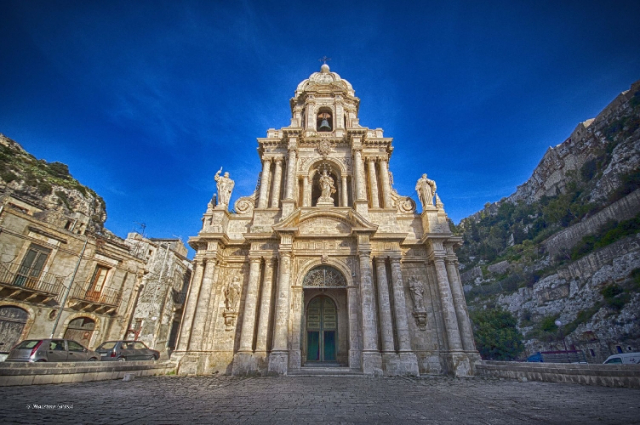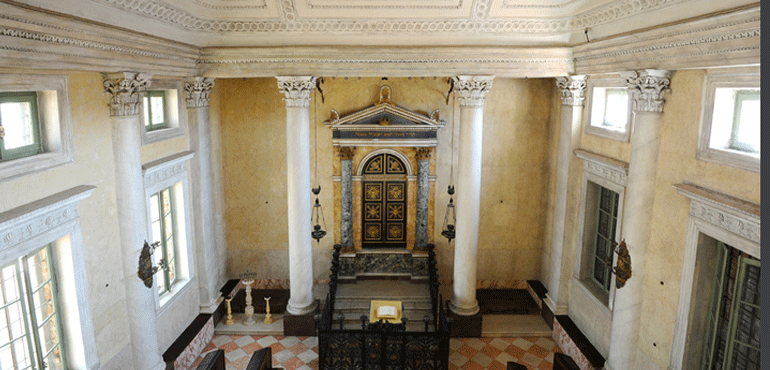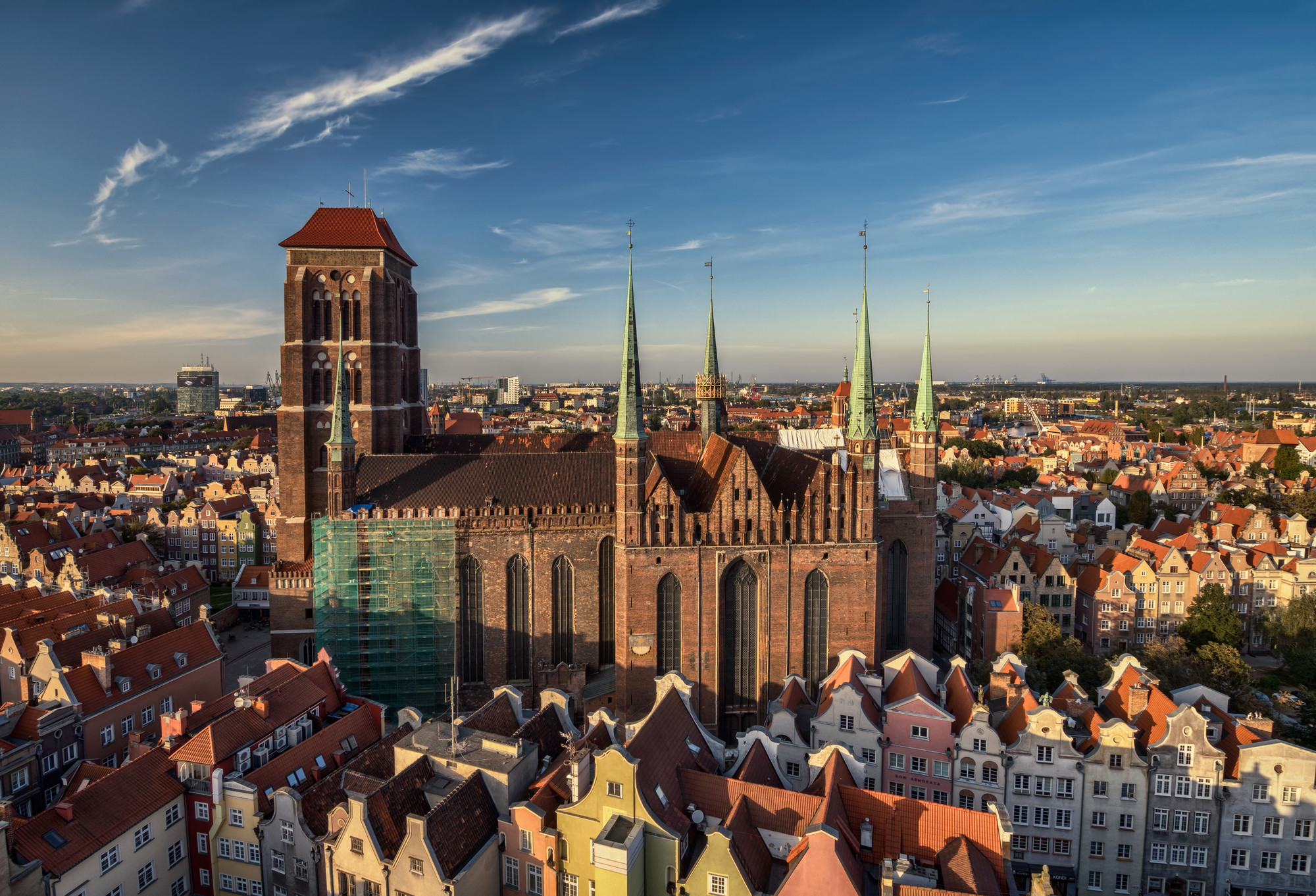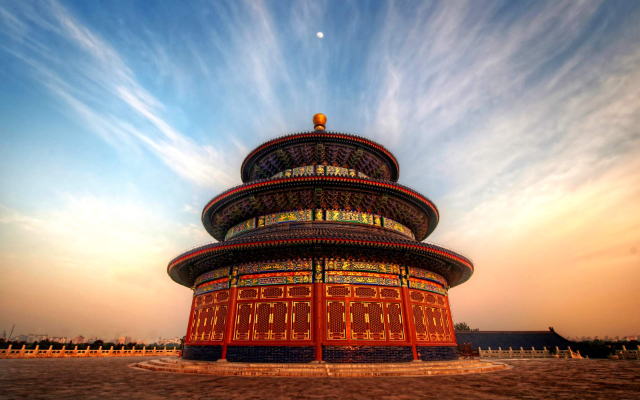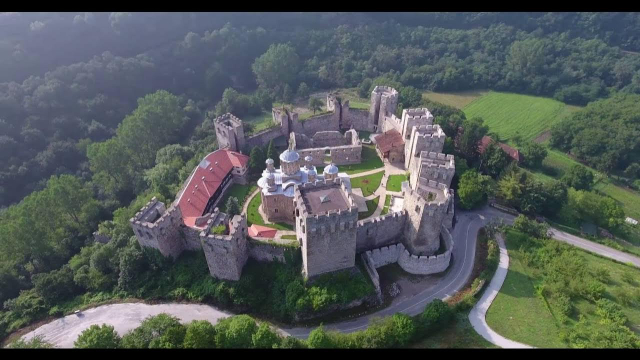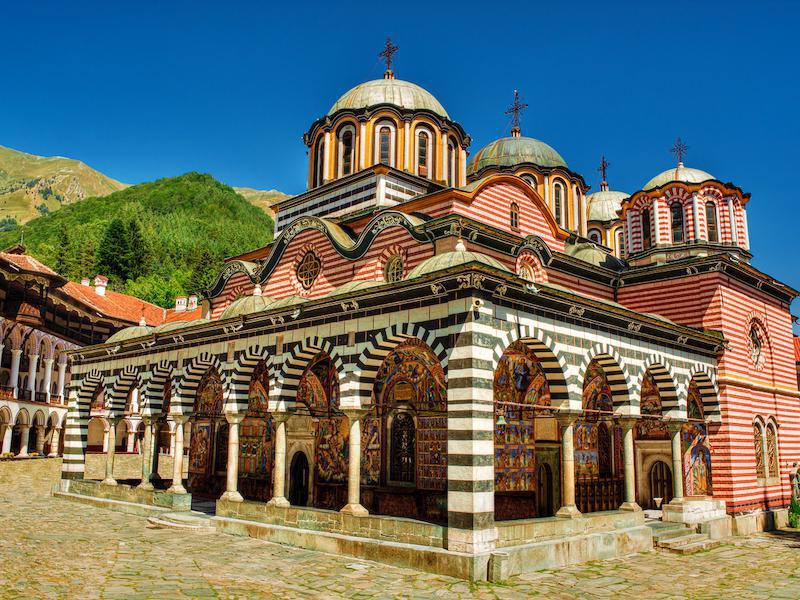The Church of St. Bartholomew is located in the center of the quarry of the same name, between two hills (St. Matthew and The Cross), creating a unique and striking natural setting. The façade, dating from the early 19th century, consists of three orders and features a beautifully balanced Baroque design, complemented by the original dome. The church was rebuilt after the 1693 earthquake during the mid-18th century.The interior of the church has a Latin cross plan with the transept in a central position. It is richly decorated with stucco work, much of it by Giovanni Gianforma, as well as wooden furnishings that are pleasing to the eye of visitors.On the central altar is an impressive canvas depicting the Martyrdom of St. Bartholomew (1779) by painter Francesco Pascucci. In the chapel of Saints Cosmas and Damian, on the left, is the monumental Nativity Scene of the Neapolitan school, made by Pietro Padula between 1773 and 1776. This nativity scene replaced another dated to the 16th century of which there are no direct records. Today 27 linden wood statues remain, of the original 65. In the same chapel, opposite the crib, is a painting attributed to Mattia Preti, "The Deposition," from the Capuchin Church. It is a work of great emotional impact depicting the deposition of Christ in the center and Mary fainting in the lower left corner. In the right chapel is an early 17th-century painting by Francesco Cassarino, "The Immaculate between Saints William and Bartholomew."The vault stuccoes were made by Giovanni Gianforma, while Giovan Battista Ragazzi is the author of the central and side paintings. Inside the church there are also valuable wooden stalls, including the high altar by Saverio Laganà, and two busts representing Giuseppe Miccichè and his son Vincenzo, placed at the entrance of the church. Finally, there is a finely crafted silver ark that serves as the base for the Baby Jesus, carried in procession on Christmas Day.
